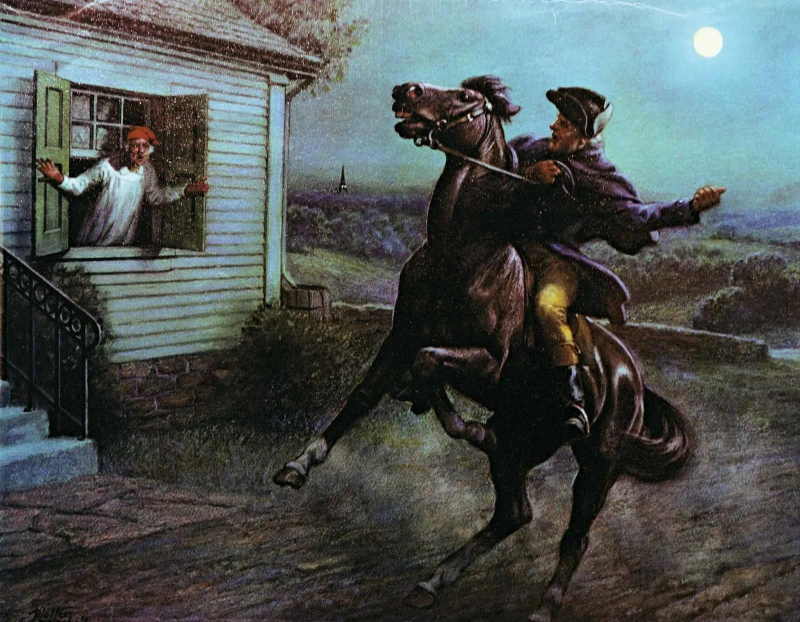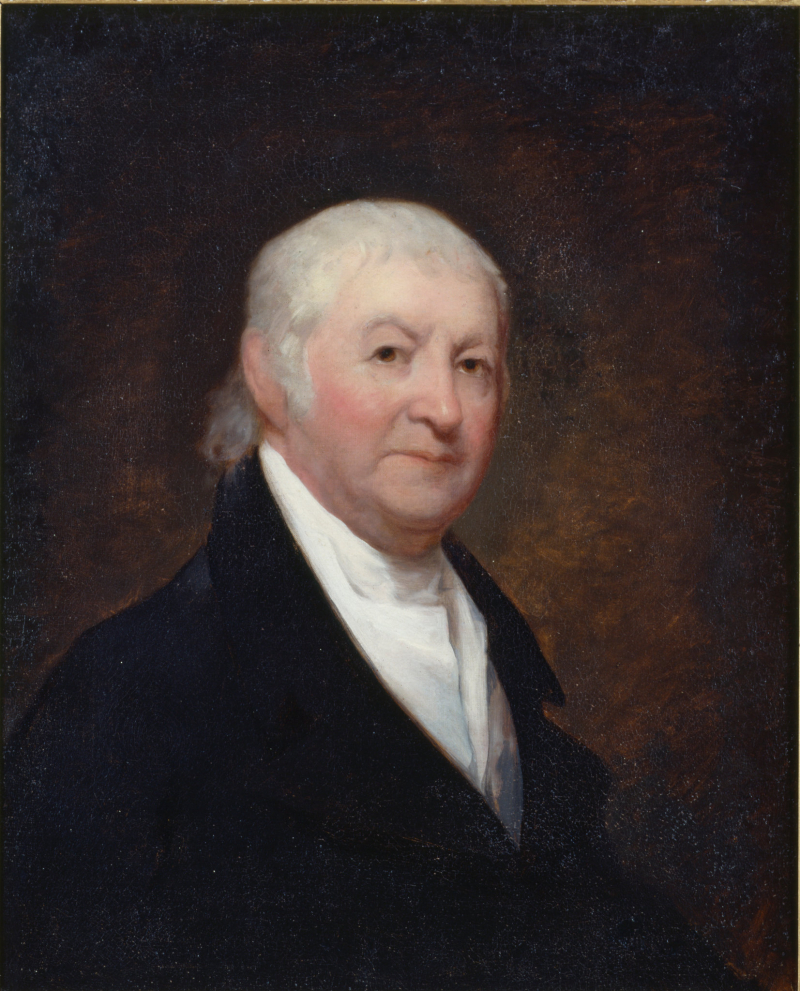Paul Revere
Paul Revere was a wealthy and well-known silversmith in Boston when the American Revolution began. The British government passed the Stamp Act in 1765. The secret group Sons of Liberty was created in opposition to the Act, with the motto "No taxation without representation," implying that they would not be taxed by a British Parliament to which they had elected no members. Paul Revere was a member of the Sons of Liberty, and he promoted the Revolutionary War cause with engravings and other artifacts such as his iconic representation of the Boston Massacre in March 1770. Revere was also a key organizer of the Boston Tea Party in December 1773, during which colonists threw tea into Boston Harbor in protest of the Tea Act.
Paul Revere's most renowned contribution, though, is his "Midnight Ride." Paul Revere and William Dawes rode to Lexington on the night of April 18, 1775, with news that British troops were planning to arrest revolutionary leaders Samuel Adams and John Hancock. They also planned to damage military supplies stockpiled in Concord, a nearby town. Revere rode through modern-day Somerville, Medford, and Arlington, alerting patriots along the way, many of whom set out on horseback to issue their warnings. Thus, Revere was instrumental in the Battles of Lexington and Concord being a success for the colonists, with the British capturing just a few weapons and suffering many losses. Henry Wadsworth Longfellow commemorated Revere's ride in a poem written in 1861.
Lifespan: 1734 – 1818
Nationality: American












